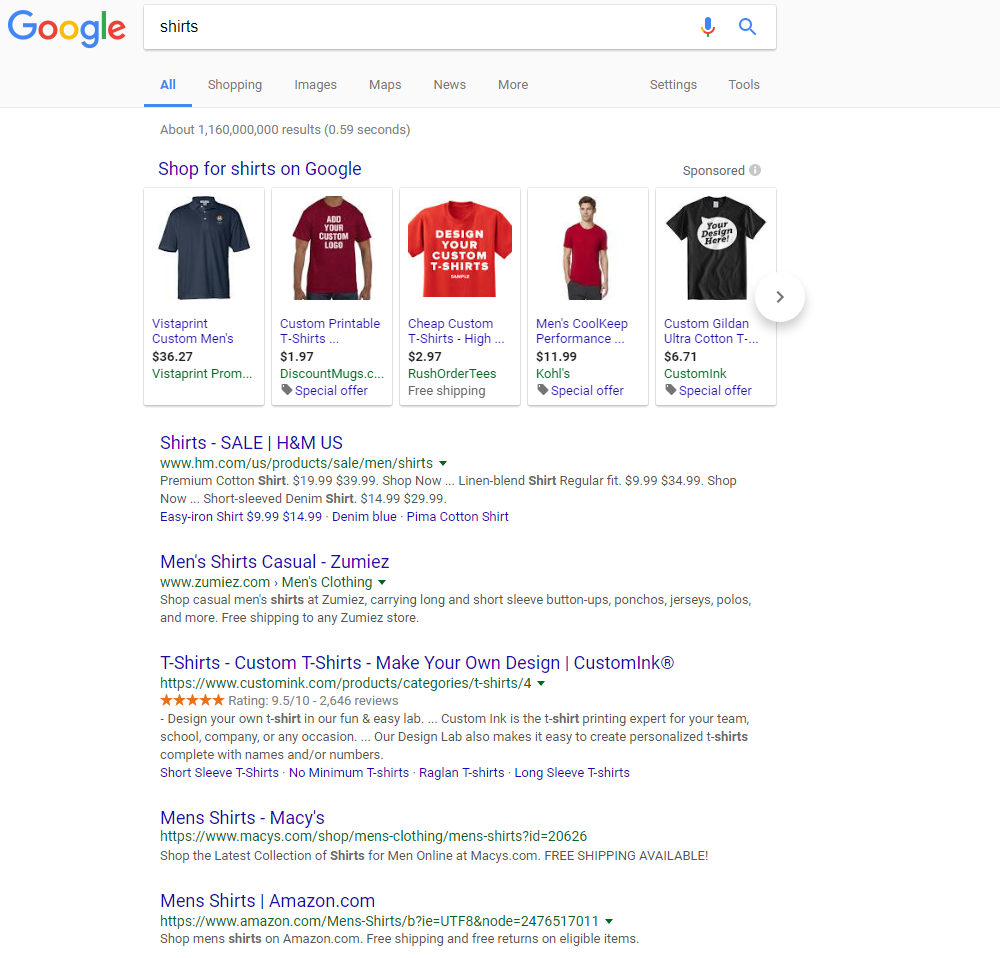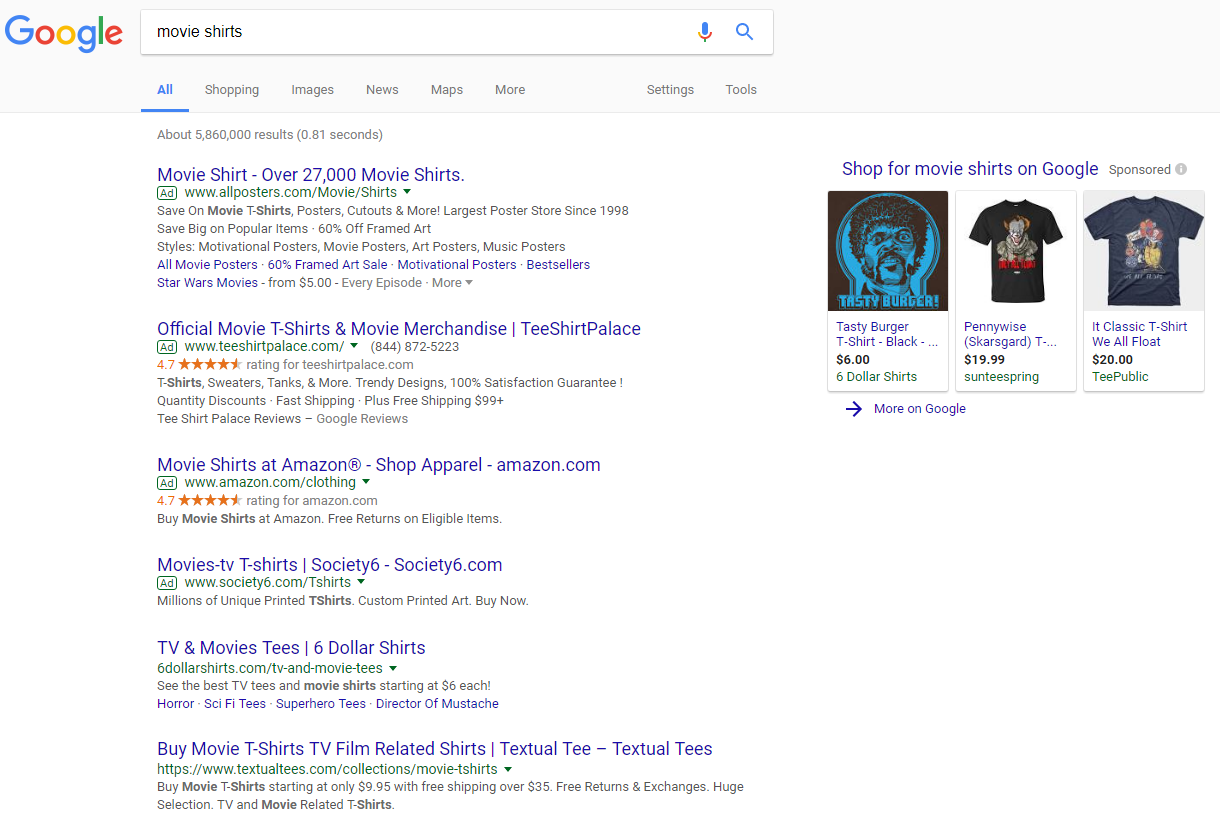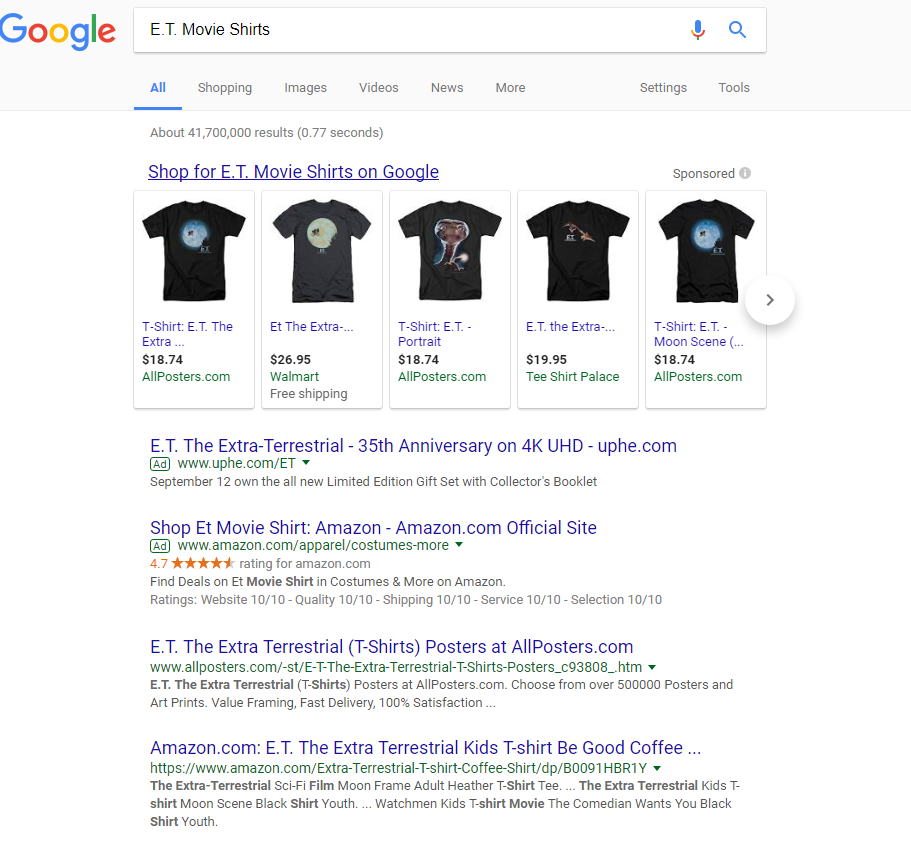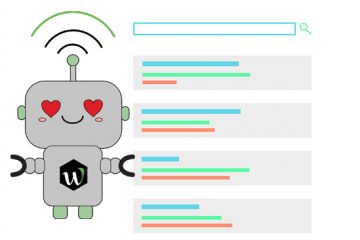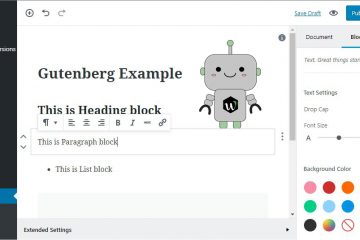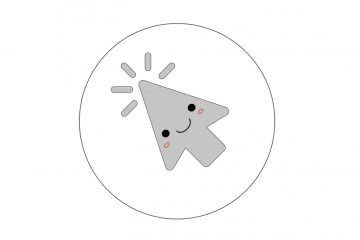We’ve discussed in our previous article how to do your initial keyword research, but is choosing something search engines like the same as choosing words people want to click on? You’d think yes, but not always.
Even after you’ve found some of the best performing keywords for your niche, you may want to take a different approach if you have a lot of competition. This is especially true if your competition is popular or has a lot of money to throw around.
This begs the question, should you shoot for those high-performing keywords and challenge the status quo or should you go for long-tail keywords that you’re more likely to rank on?
At WebCroppers, we’re dedicated to helping local businesses succeed, whether you’re our client or not. That’s why we’ve taken the time to help you choose.
Long-Tail or Top-Performing Keywords?
Start by asking yourself if the competition for the best keywords is high. Do a simple search for the term and see who’s coming up. Is their brand well-known? Do you see a lot of paid ads at the top? If these aren’t the case, then feel free to pursue those keywords.
If you’re not sure, check out the top-ranking sites for that term and look into their SEO. Is their site high-quality, does their content appeal to you as a reader. It’s pretty easy to tell the difference.
Let’s assume your competition is high, then what do you do?
If you see ads when you search the term, how much is the pay-per-click in Google AdWords? Search terms that have a high pay-per-click cost are usually harder to rank for.
If you don’t think you can compete, on either the budget or the SEO side of things, with the people who are ranking, you should research everything over again with a long-tail variation. Let’s say you want to rank for the keyword “shirts.” Well, good luck with that. You’re going to have a lot of competition for something that basic.
Let’s say you want to rank for the keyword “shirts.” Well, good luck with that. You’re going to have a lot of competition for something that basic.
Now, let’s say you have some really niche shirts in your collection that you think would do well on their own. So you do all the research over again for “Movie Shirts”
It’s a little better but still pretty competitive. Now, you can extend that even further by trying to sell your E.T. shirts with the long-tail “E.T. Movie Shirts.”
Two things, you have a lot less competition for that key phrase and less paid ads from the competition. However, you also have a lot fewer people interested in your niche. But, you might be surprised at just how many people are ready and willing to buy your E.T. shirts. One benefit of using long-tail is that your customers are more likely to convert because they know exactly what they want. The downside is that they’re harder to come by.
Once you begin to rank for this very specific key phrase, aim for the next level up, which would be “Movie Shirts.” At this point you should be building an army of Movie Shirt pages, each going after the titular title and “shirt” as your keywords. Over time, search engines will pick this up and start ranking you for “Movie Shirts,” a more general phrase with a much wider audience.
Once you gain enough traffic to “Movie Shirts,” start with a different long-tail phrase and build. Over time, you’ll start to rank for the general category “Shirts.” It can work the other way around too. You can start going after the main category first and build your subcategories around it, but like we said, if the competition is tough, you’re better off starting out small and working your way up. For example, this store started with a fairly specific key phrase, but it has a lot of potential to draw traffic.
From here, they have a large audience of people that love 80’s movies and they rank near the top because they don’t have any competition going after their niche. As we stated above, they can use this to build their platform or stay where they are if they like their business size.
Conclusion
If your long-tails are still not ranking, you may have to go even longer. Eventually, you’ll found a ground on which to build the foundations of your SEO website.
You should also track the success and progress of your SERP ranking as you go. See what works and what doesn’t for your page and use that data to make changes to your next one.
It’s a long and difficult journey ahead, but you should have the tools to make it.
